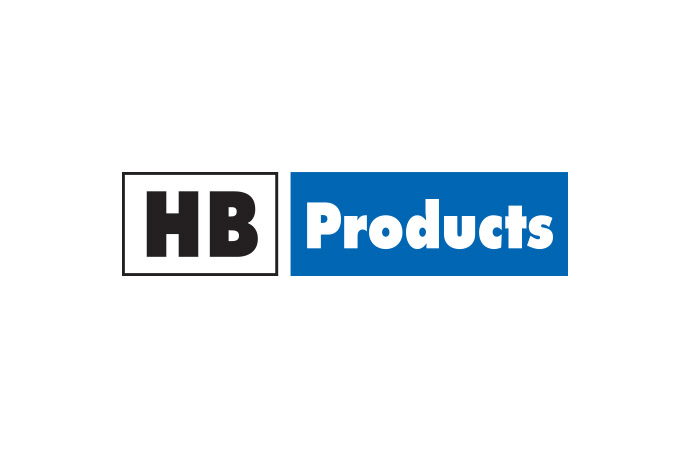A pork processing plant in Minnesota, US has implemented three energy saving measures to its ammonia refrigeration system that cut annual electricity use by 4.35 million kWh. Measures included the addition of two evaporative condensers, new condenser controls and the installation of a dedicated bank of condensers to cool the compressor oil through natural convection rather than with a mechanical pump.

The pork processing plant in Worthington, Minnesota is owned by JBS USA LLC, employs about 2,300 people and has been the largest customer of the local energy utility - Worthington Public Utilities - in terms of energy sales.
Thanks to the implemented improvements to their ammonia system, JBS was presented last month a cash incentive of $144,896 from Worthington Public Utilities’ ‘Bright Energy Solutions’ (BES) programme. The BES programme is designed to encourage the installation and use of energy efficient electrical equipment that significantly reduce the demand and energy consumption of commercial and industrial customers and which helps the utility meet a mandate by the state to save 1.5% of its yearly sales in energy efficiency costs.
For the food processing company on the other hand, the cash incentive functioned as a “catalyst” in their decision to improve the ammonia refrigeration system at their Worthington plant: “We knew the project was worthwhile over the long term, but the BES incentives would help shorten the payback period,” said Jeff Buysman, JBS assistant plant engineer.
Three energy saving measures on the ammonia system
An energy audit initiated already in 2007 identified five areas that would help reduce energy usage and save the company money. Out of these, the company management approved three of the measures that would yield the best potential for savings including:
It is estimated that the energy improvement project will save JBS about $215,500 per year. In addition to saving the pork processor money, the project is also helping the environment, cutting 4.35 million kilowatt-hours (kWh) of electricity use, and reducing its electrical demand by up to 338 kilowatts (kW).
Buysman says the efficiency measures are producing the expected results, and the company is already benefiting from the savings.
Thanks to the implemented improvements to their ammonia system, JBS was presented last month a cash incentive of $144,896 from Worthington Public Utilities’ ‘Bright Energy Solutions’ (BES) programme. The BES programme is designed to encourage the installation and use of energy efficient electrical equipment that significantly reduce the demand and energy consumption of commercial and industrial customers and which helps the utility meet a mandate by the state to save 1.5% of its yearly sales in energy efficiency costs.
For the food processing company on the other hand, the cash incentive functioned as a “catalyst” in their decision to improve the ammonia refrigeration system at their Worthington plant: “We knew the project was worthwhile over the long term, but the BES incentives would help shorten the payback period,” said Jeff Buysman, JBS assistant plant engineer.
Three energy saving measures on the ammonia system
An energy audit initiated already in 2007 identified five areas that would help reduce energy usage and save the company money. Out of these, the company management approved three of the measures that would yield the best potential for savings including:
- Addition of two evaporative condensers in the ammonia refrigeration system - 28% of project savings: These would lower the head pressure and condensing temperature by nearly 5 degrees. The lower head pressure translates into a lower plant compression ratio, which in turn means big operational savings. It is hence estimated that the additional condensers produced significant peak demand savings, and about 28% of the energy usage savings for the project.
- New condenser controls on the refrigeration system - 66% of project savings: To maximize the compressor’s performance and efficiency, JBS installed new condenser controls. Based on the outdoor ambient wet bulb temperature, the controls reset the condensing discharge pressure setpoint downwards. This action sacrificed condenser fan power for compressor horsepower, resulting in very substantial energy savings for JBS. The control-system upgrade accounted for about 66% of the energy savings for the entire project.
- Installation of a dedicated bank of condensers to cool the compressor oil - 6% of project savings: The third measure was to separate compressor oil heat rejection loads from refrigeration heat rejection loads and to turn off condenser fans during the mild weather months. This was achieved by installing a dedicated bank of condensers to cool the compressor oil through natural convection rather than using a mechanical pump. The installation accounted for about 6% of the project’s energy savings.
It is estimated that the energy improvement project will save JBS about $215,500 per year. In addition to saving the pork processor money, the project is also helping the environment, cutting 4.35 million kilowatt-hours (kWh) of electricity use, and reducing its electrical demand by up to 338 kilowatts (kW).
Buysman says the efficiency measures are producing the expected results, and the company is already benefiting from the savings.
MORE INFORMATION
Related stories




















